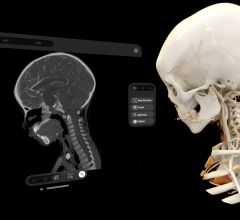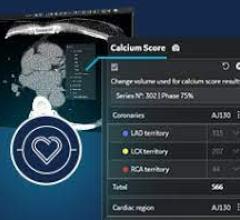
October 14, 2009 - The largest annual study of patient outcomes at each of the nation’s 5,000 nonfederal hospitals found a wide gap in quality between the nation’s best hospitals and all others. According to the study, issued today by HealthGrades, the leading independent healthcare ratings organization, patients at highly rated hospitals have a 52 percent lower chance of dying compared with the U.S. hospital average, a quality chasm that has persisted for the last decade even as mortality rates, in general, have declined.
The study also found that hospitals that have received the Stroke Certification from the Joint Commission on Accreditation of Healthcare Organizations (JCAHO) had an eight percent lower risk-adjusted mortality rate than hospitals that have not received this certification.
The twelfth annual HealthGrades Hospital Quality in America Study examined nearly 40 million Medicare hospitalization records from the years 2006, 2007 and 2008. The study looks at trends in mortality and complication rates and also provides the foundation for HealthGrades’ quality ratings of procedures and diagnoses at each individual hospital.
The new 2010 ratings for individual hospitals are available today at www.healthgrades.com, HealthGrades’ public Web site designed to help patients compare the quality of care at their local hospitals for 28 different procedures and treatments, from hip replacement to bypass surgery.
“The fact is, patients are twice as likely to die at low-rated hospitals than at highly rated hospitals for the same diagnoses and procedures,” said Rick May, M.D., an author of the HealthGrades study. “With Washington focused on rewarding high-quality hospitals and empowering patients to make more informed healthcare choices, this information comes at a turning point in the healthcare debate. For patients, sites like HealthGrades.com already provide the objective information needed to choose a high-quality hospital. And for hospitals themselves, HealthGrades’ hospital ratings provide the benchmarking data that can help them reach the benchmarks set by top performers.”
The study also found the following:
Stroke
- Joint Commission stroke-certified hospitals were almost twice as likely to attain five-star status in stroke (30.1 percent of certified hospitals were five-star versus 15.7 percent of non-certified), and fewer of the stroke-certified hospitals fell into the one-star category (12.3 percent versus 19.6 percent).
- Joint Commission stroke-certified hospitals have an 8.06 percent lower risk-adjusted mortality rate compared to hospitals that were not stroke-certified.
Mortality
- Overall, in hospital, risk-adjusted mortality at the nation’s hospitals improved, on average, 10.99 percent from 2006 through 2008.
- Across all 17 procedures and diagnoses in which mortality was studied, there was an approximate 71.64 percent lower chance of dying in a five-star rated hospital compared to a one-star rated hospital.
- Across all 17 procedures and diagnoses studied, there was an approximate 51.53 percent lower chance of dying in a five-star rated hospital compared to the national average.
- If all hospitals performed at the level of a five-star rated hospital across the 17 procedures and diagnoses studied, 224,537 Medicare lives could potentially have been saved from 2006 through 2008.
- Approximately 57 percent (127,488) of the potentially preventable deaths were associated with just four diagnoses: sepsis (44,622); pneumonia (29,251); heart failure (26,374) and respiratory failure (27,241).
- Over the last three studies, Ohio and Florida consistently have had the greatest percentage of hospitals in the top 15 percent for risk-adjusted mortality.
Complications
- Across all procedures in which complications were studied, there was a 79.69 percent lower chance of experiencing one or more in-hospital complications in a five-star rated hospital compared to a one-star rated hospital.
- Across all procedures studied, there was a 61.22 percent lower chance of experiencing one or more in-hospital complications in a five-star rated hospital compared to the U.S. hospital average.
- If all hospitals performed at the level of a five-star rated hospital, 110,687 orthopedic inhospital complications may have been avoided among Medicare patients over the three years studied.
For more information: www.healthgrades.com


 May 01, 2024
May 01, 2024 








